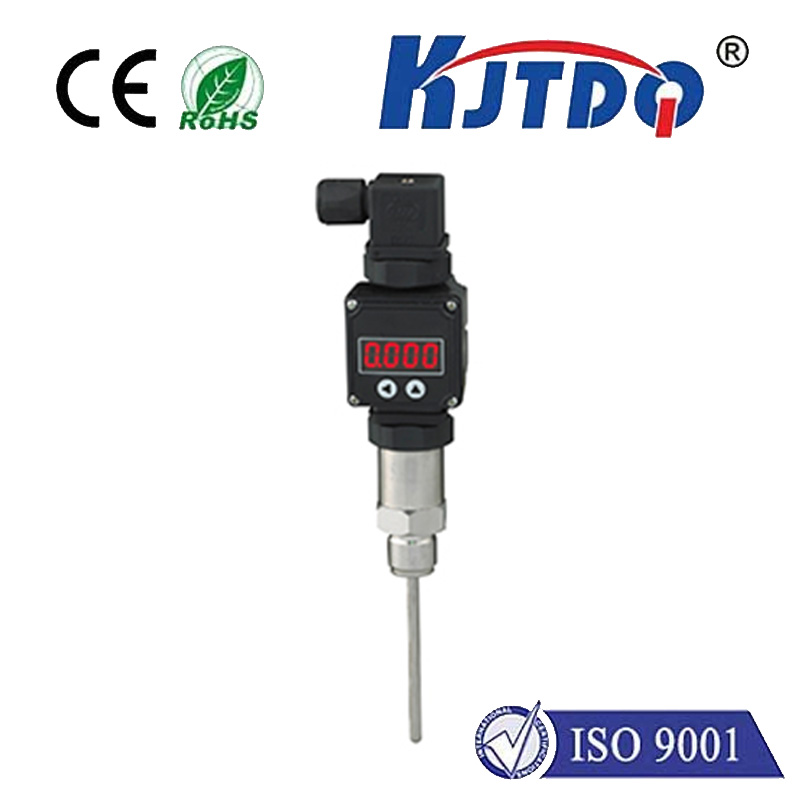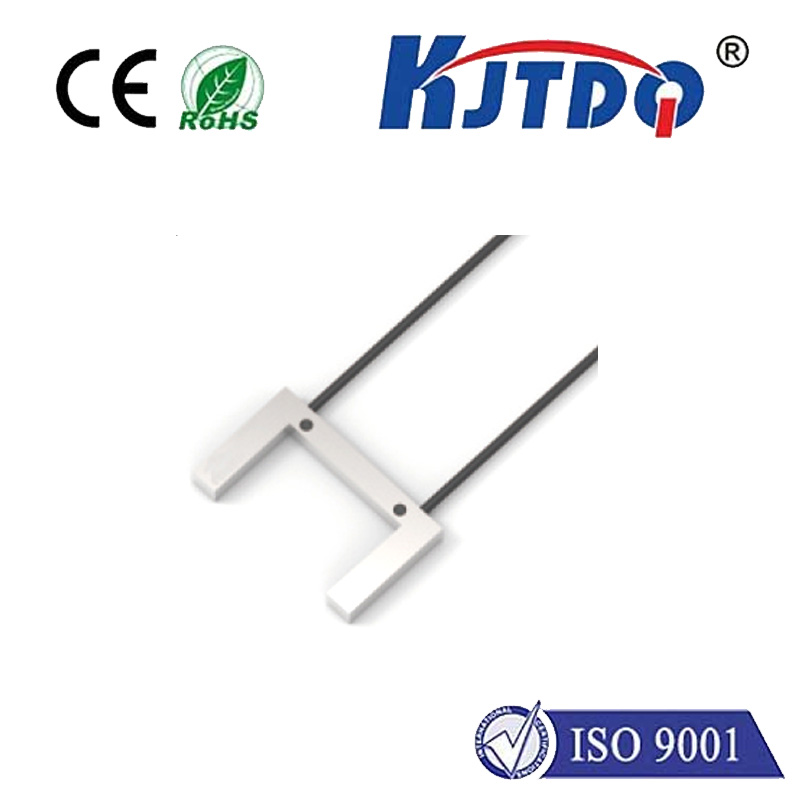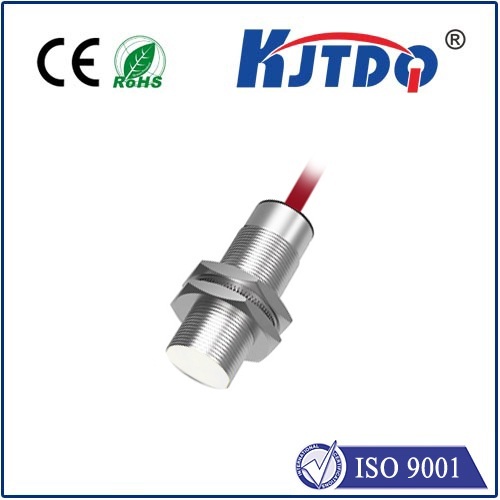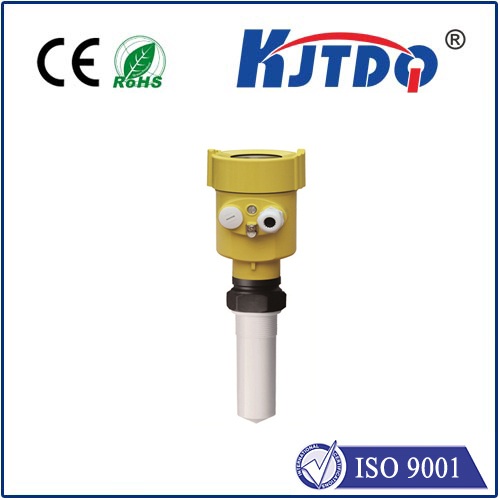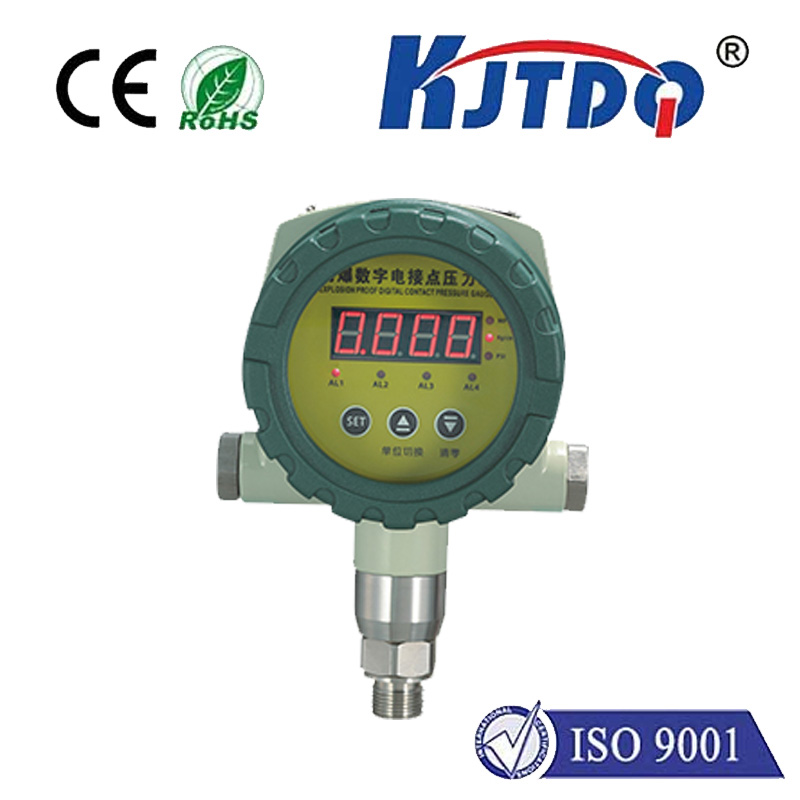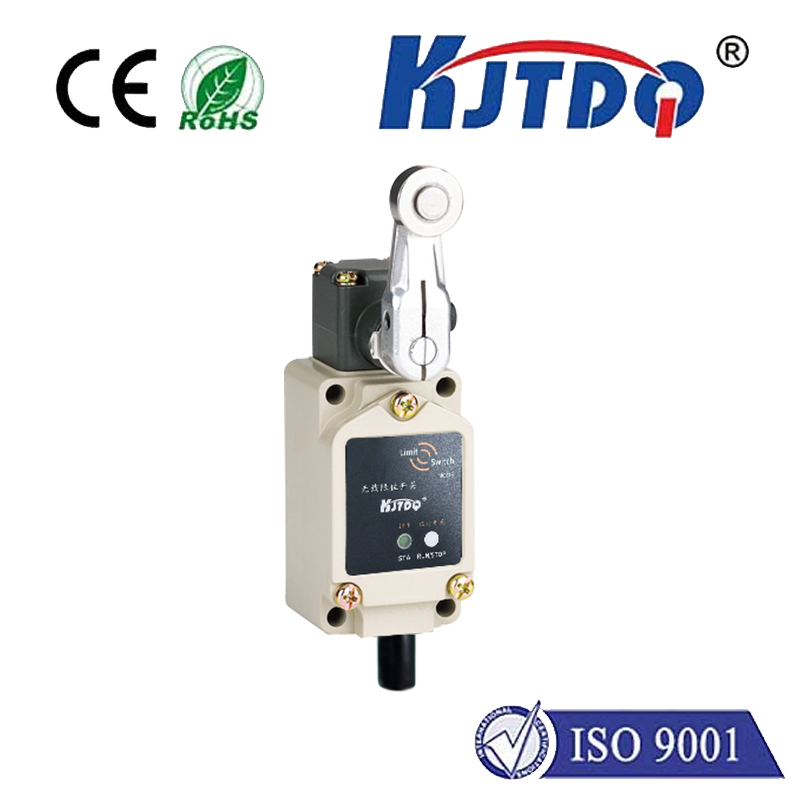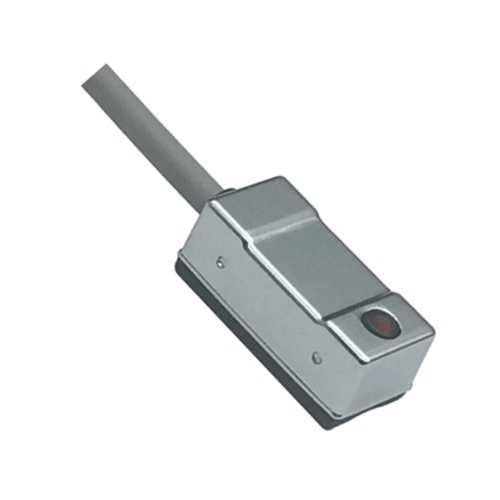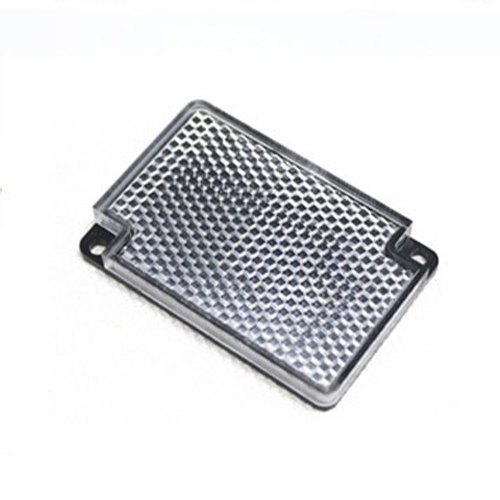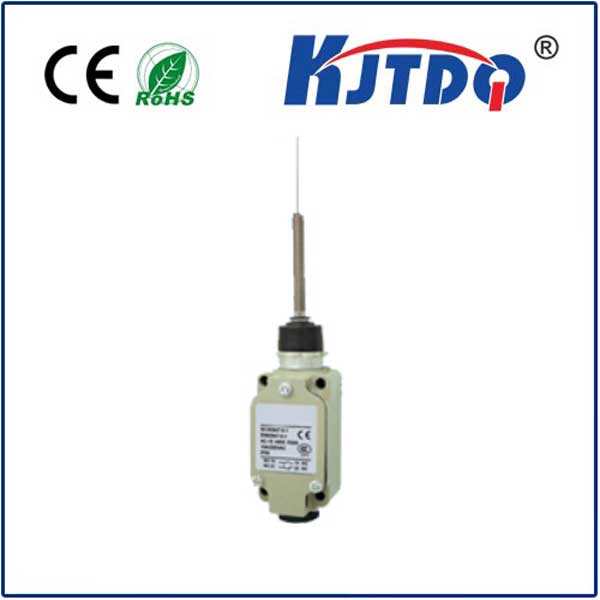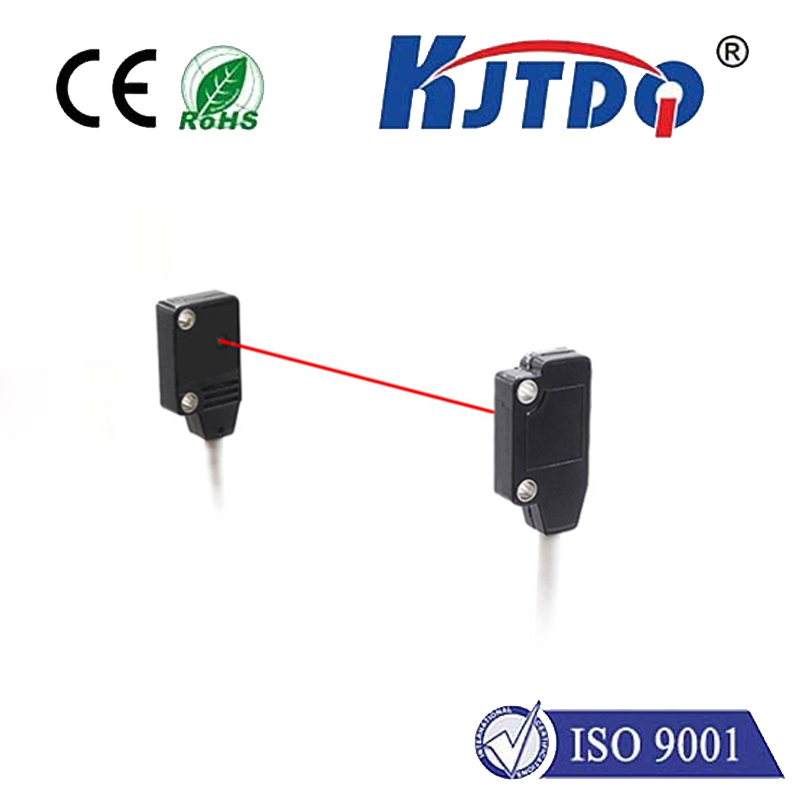5 volt proximity sensor
- time:2025-07-12 00:00:03
- Click:0
Unlocking Efficiency: The Essential Guide to 5V Proximity Sensors
Imagine a machine that knows your hand is approaching before you touch it. Picture an automated production line flawlessly detecting components without a physical bump. This invisible magic, enabling countless smart devices and industrial systems, often relies on a powerhouse component: the 5 volt proximity sensor. These compact, efficient detectors are the unsung heroes of automation, robotics, and everyday electronics, offering reliable non-contact sensing powered by the industry-standard low voltage.
What Exactly is a 5 Volt Proximity Sensor?
At its core, a proximity sensor detects the presence or absence of an object within a specific range without physical contact. A 5V proximity sensor is specifically designed to operate using a 5-volt direct current (DC) power supply. This makes it inherently compatible with a vast universe of low-voltage digital electronics, particularly:
- Microcontrollers (Arduino, Raspberry Pi, etc.): The go-to platforms for hobbyists, educators, and prototyping, all typically running at 3.3V or 5V logic levels.
- Programmable Logic Controllers (PLCs): Many PLC input modules are designed to accept 5V, 12V, or 24V DC signals, making 5V sensors a common choice.
- Embedded Systems: Countless custom electronic boards utilize 5V power rails for sensors and logic.
This 5V operation isn’t arbitrary. It offers significant advantages:

- Low Power Consumption: Consuming minimal energy, ideal for battery-powered devices or energy-conscious applications.
- Safety: Operating at extra-low voltage (ELV) significantly reduces electrical hazard risks compared to higher-voltage industrial sensors.
- Simplicity: Easily integrated without complex voltage regulation or step-down circuits when working with common 5V logic systems.
- Compatibility: Direct interface capability with TTL (Transistor-Transistor Logic) and CMOS (Complementary Metal-Oxide-Semiconductor) logic circuits simplifies design.
How Do 5V Proximity Sensors Work?
The operating principle depends heavily on the type of sensor. The two most dominant technologies for 5 volt proximity sensors are:
- Inductive Proximity Sensors: Detect metallic objects.
- Principle: An internal coil generates a high-frequency alternating magnetic field. When a metallic target enters this field, it induces eddy currents on the target’s surface. This current draw dampens the oscillator circuit’s amplitude within the sensor.
- Output: The sensor’s output circuit (solid-state switch) detects this amplitude drop and changes state – typically emitting a 5V output signal (for PNP Normally Open type) when the target is present. The critical switching element is usually an NPN or PNP transistor.
- Best For: Detecting metal parts (steel, aluminum, brass, etc.) in machinery, position sensing, counting, automated assembly.
- Capacitive Proximity Sensors: Detect a wider range of materials (metals, plastics, wood, liquids, powders).
- Principle: Operate by generating an electrostatic field between two electrodes (often the sensor face and an internal element or ground). When any material with a different dielectric constant than air enters this field, it alters the capacitance of the circuit.
- Output: This capacitance change is detected by the sensor’s internal circuitry, triggering its solid-state output switch to change state, again providing a clean 5V signal upon detection.
- Best For: Level detection (liquids, granules), detecting non-metallic objects (plastic bottles, wood panels), material presence verification.
Key Specifications to Understand
Choosing the right 5V proximity sensor requires considering several critical parameters beyond just voltage:
- Sensing Distance (Sn): The nominal range at which the sensor reliably detects a standard target. This varies significantly between models and sensor types.
- Output Type:
- NPN (Sinking): Switches the negative (ground) connection to the load. Common in some PLC inputs.
- PNP (Sourcing): Switches the positive voltage (e.g., 5V) to the load. Often preferred for direct connection to microcontrollers like Arduino (configured as input with pull-down resistor). Understanding NPN vs PNP wiring is crucial for correct operation.
- Normally Open (NO) / Normally Closed (NC): Describes the output state without a target present. NO is open circuit (no output) without target, closes (provides 5V for PNP) with target. NC is the opposite.
- Response Time: How quickly the sensor reacts to a target entering or leaving its field.
- Hysteresis: The difference between the switch-on distance and switch-off distance, preventing output chatter if the target is near the sensing limit.
- Housing Material & IP Rating: Determines environmental resilience (dust, water, chemicals).
Versatile Applications: Where 5V Proximity Sensors Shine
The low voltage operation and compact size of these sensors make them incredibly versatile:
- Maker Projects & Robotics: The backbone of obstacle detection, arm positioning, limit switches, and object counting in Arduino and Raspberry Pi projects.
- Industrial Automation: Position verification, part counting on conveyors, machine guarding (detect presence before movement), spindle positioning.
- Consumer Electronics: Lid/door open detection in appliances, paper detection in printers, tamper detection.
- Automotive: Gear position sensing, seatbelt engagement detection, fluid level sensing (capacitive).
- Packaging & Material Handling: Bottle/can counting on lines, detecting filled vs. unfilled containers, conveyor jam detection.
Choosing and Using Your 5V Sensor Effectively
- Match the Sensor Type to the Target: Metal? Choose inductive. Plastic, liquid, or other materials? Choose capacitive.
- Consider the Sensing Environment: Will it be dirty, wet, or involve strong electromagnetic fields? Select appropriate housing materials and IP ratings.
- Output Configuration is Key: Carefully choose NPN vs PNP and NO vs NC based on your control system’s input requirements. Mismatches are a common source of frustration. Always consult the sensor’s datasheet!
- Mind the Wiring: Typically requires connecting power (5V+ and GND) and the output signal wire. Ensure the connected load (e.g., microcontroller input, PLC input, small relay coil) does not exceed the sensor’s maximum output current capacity.
- Mounting: Securely mount the sensor, respecting its specified sensing range and orientation (usually perpendicular to the target path). Inductive sensors require flush or non-flush mounting consideration based on their design.
The Enduring Power of 5 Volts
The 5 volt proximity sensor embodies a perfect blend of simplicity, efficiency, and compatibility. Its low power requirement makes it ideal for portable and energy-sensitive devices, while its direct compatibility with ubiquitous 5V logic systems like Arduino and many PLCs dramatically simplifies integration and prototyping. Whether you’re building a sophisticated industrial machine or a weekend Arduino bot, understanding and leveraging the capabilities of inductive and capacitive proximity sensors operating at this standard voltage unlocks immense potential for reliable, non-contact detection. They provide the fundamental awareness that underpins automation, safety, and smart interaction in our increasingly technological world.












